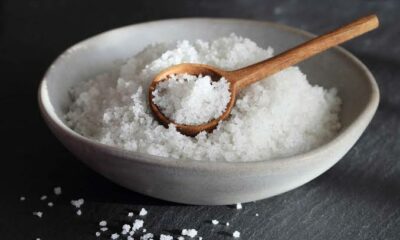Skin Care
Best Stretch Mark Creams That Keep Skin Hydrated
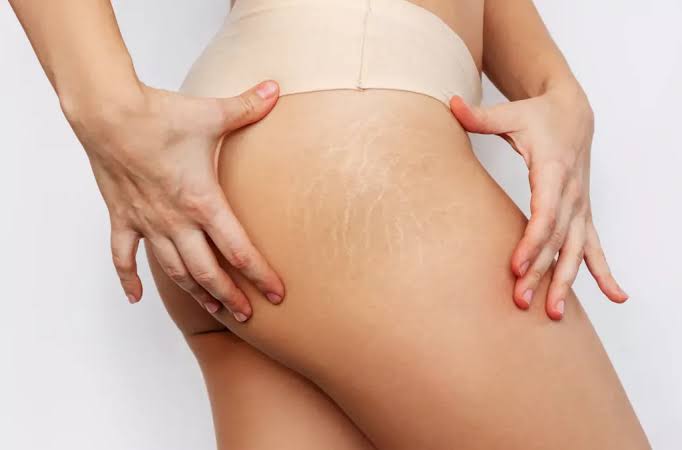
Let’s be real—stretch marks are part of many skin stories. Whether they come from sudden growth, weight fluctuations, pregnancy, or workouts, these tiny lines often sneak up on us. While there’s absolutely nothing wrong with having them, it’s also perfectly okay to want smoother, more even-looking skin. The key? Hydration. Not just any kind, though—we’re talking about deep, lasting moisture that nourishes from within and helps your skin bounce back better. Luckily, there are some amazing creams out there that do just that—no hype, no false promises, just real nourishment your skin can appreciate.
1. Bio-Oil Skincare Oil

Okay, it’s technically an oil—but don’t let that fool you. Bio-Oil is light, fast-absorbing, and packed with ingredients your skin craves. With a mix of plant extracts, vitamins, and a unique base that doesn’t leave you greasy, this one is perfect for softening the look of stretch marks while keeping your skin ultra-hydrated. Use it daily, and over time, your skin will start to look and feel more even and resilient. It’s a go-to for many for good reason.
2. Palmer’s Cocoa Butter Formula Massage Lotion for Stretch Marks

This one’s a classic. Thick, rich, and loaded with cocoa butter, vitamin E, shea butter, and a mix of collagen and elastin, this cream knows how to treat thirsty skin. It not only helps smooth out those lines but also keeps your skin stretchy and strong—especially during times when your body’s changing fast. Bonus: it smells like warm chocolate, and who doesn’t love that?
3. Mederma Stretch Marks Therapy

If you’re after something that feels a bit more like a skincare treatment than just a moisturizer, this one’s worth a shot. Mederma blends hyaluronic acid with natural plant extracts to deeply hydrate while helping your skin look more even over time. It’s not sticky, doesn’t leave residue, and layers well under clothes—perfect for morning routines or post-shower use. You just need a bit of patience and regular use to start seeing changes.
4. BioBalance Stretch Mark Cream

Here’s one of those under-the-radar products that actually delivers. BioBalance combines oils like argan and olive with centella extract and peptides to help firm the skin and reduce that dry, tight feeling. The texture is light but nourishing, and it works well even on sensitive skin. If you’re into more natural blends, this could easily become your everyday favorite.
5. QV Intensive Body Moisturiser

This one doesn’t scream “stretch mark cream,” but don’t underestimate it. QV is an easy-to-use, deeply moisturizing cream that locks in hydration for hours. It’s fragrance-free, gentle, and perfect for skin that’s feeling dry or irritated. Use it on your belly, hips, thighs—or anywhere you’re seeing those lines—and it’ll help your skin stay calm, comfortable, and better able to stretch without cracking.
6. Dr. Teal’s Body Lotion with Cocoa Butter & Vitamin E

If you want your skincare to double as self-care, this lotion’s got your back. It blends the goodness of cocoa butter and vitamin E with calming essential oils, giving your skin a boost of hydration and your senses a little pick-me-up. While it’s not specifically made for stretch marks, lots of people love it for improving skin texture and tone—and honestly, the soothing scent is part of the charm.
Wrapping It Up
There’s no magic potion for making stretch marks vanish completely, but the right cream can absolutely make a difference. The real secret lies in consistency, good hydration, and choosing products that pamper your skin while improving elasticity. Whether you’re preventing new marks or trying to fade old ones, these creams offer a blend of care and comfort that goes beyond the surface. Try a few, stick with what your skin responds to, and let hydration work its magic.
Skin Care
How to Treat Fine Lines in Matured Skin According to Dermatologists

Fine lines appear as matured skin loses collagen and elastin, two structural proteins that keep the skin firm and flexible. This change is a normal part of ageing and is well supported by dermatology research. Environmental factors such as sun exposure, pollution and smoking accelerate this breakdown, which is why some individuals notice fine lines earlier than others.
Retinoids are among the most studied and effective topical treatments for fine lines in matured skin. Both retinol and prescription-strength tretinoin stimulate collagen production and improve uneven texture. Since retinoids can cause dryness when introduced too quickly, dermatologists usually recommend starting with a low concentration and increasing use gradually.

Photo – Google
Hydration also plays a major role. Hyaluronic acid is a humectant that pulls water into the skin, making surface lines appear less noticeable. Glycerin, another well-researched humectant, strengthens the skin barrier and helps maintain steady moisture levels, which matured skin often struggles to retain.
Vitamin C is backed by substantial research for its antioxidant abilities. It helps counter the effects of sun exposure and pollution while supporting collagen formation. With consistent use, it can brighten dull areas and improve skin tone, which often becomes uneven as the skin matures.

Photo – Google
Sun protection remains one of the strongest evidence-based strategies for preventing and managing fine lines. Ultraviolet radiation is a major cause of collagen loss. A broad-spectrum sunscreen with SPF 30 or higher helps limit this damage when used daily and reapplied as needed during prolonged outdoor exposure.

Photo – Google
Several in-clinic procedures have proven results for matured skin. Chemical peels remove dull surface cells and encourage renewal. Microneedling triggers controlled micro-injury that leads to increased collagen production over time. Laser resurfacing is another option with strong clinical backing, though it must be performed by trained professionals.
Lifestyle habits also influence fine lines in ways supported by research. Smoking accelerates collagen breakdown. Lack of sleep increases inflammation. Diets rich in antioxidants help the skin manage oxidative stress. Adequate hydration supports overall skin function and appearance.
Dermatology studies consistently show that improvement takes time. Collagen renewal is slow, so steady care delivers better long-term results for matured skin.
Skin Care
4 Best Cleansing Oils We Tested to Gently Remove Makeup, Dermatologist-Approved
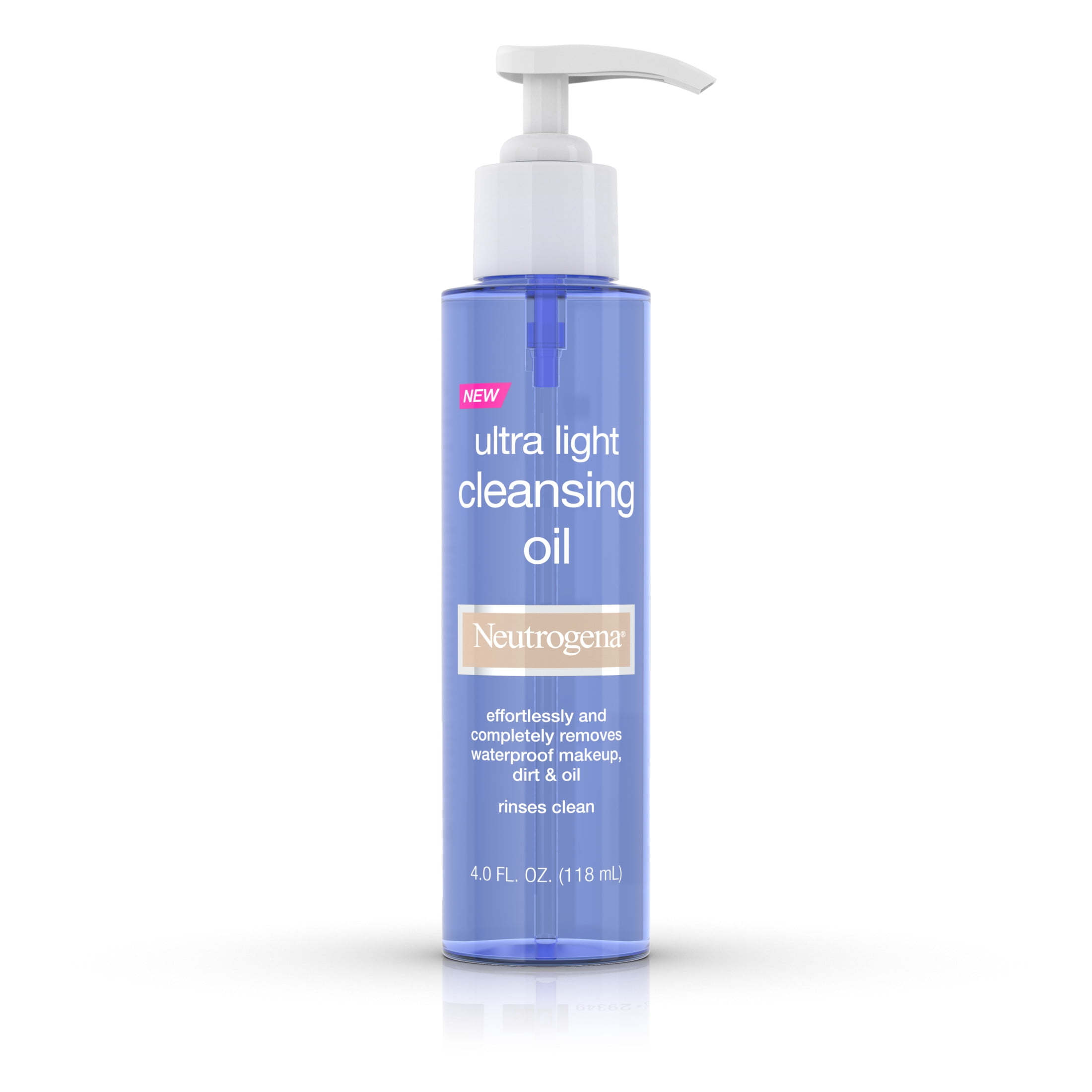
Cleansing oils have become essentials for anyone who wears long-wear makeup or relies on sunscreen daily. They break down pigment without stripping the skin, and the right formula keeps the complexion smooth, clear, and comfortable. We tested multiple options across different textures and skin types to find the oils that truly perform.
Kose Softymo Speedy Cleansing Oil
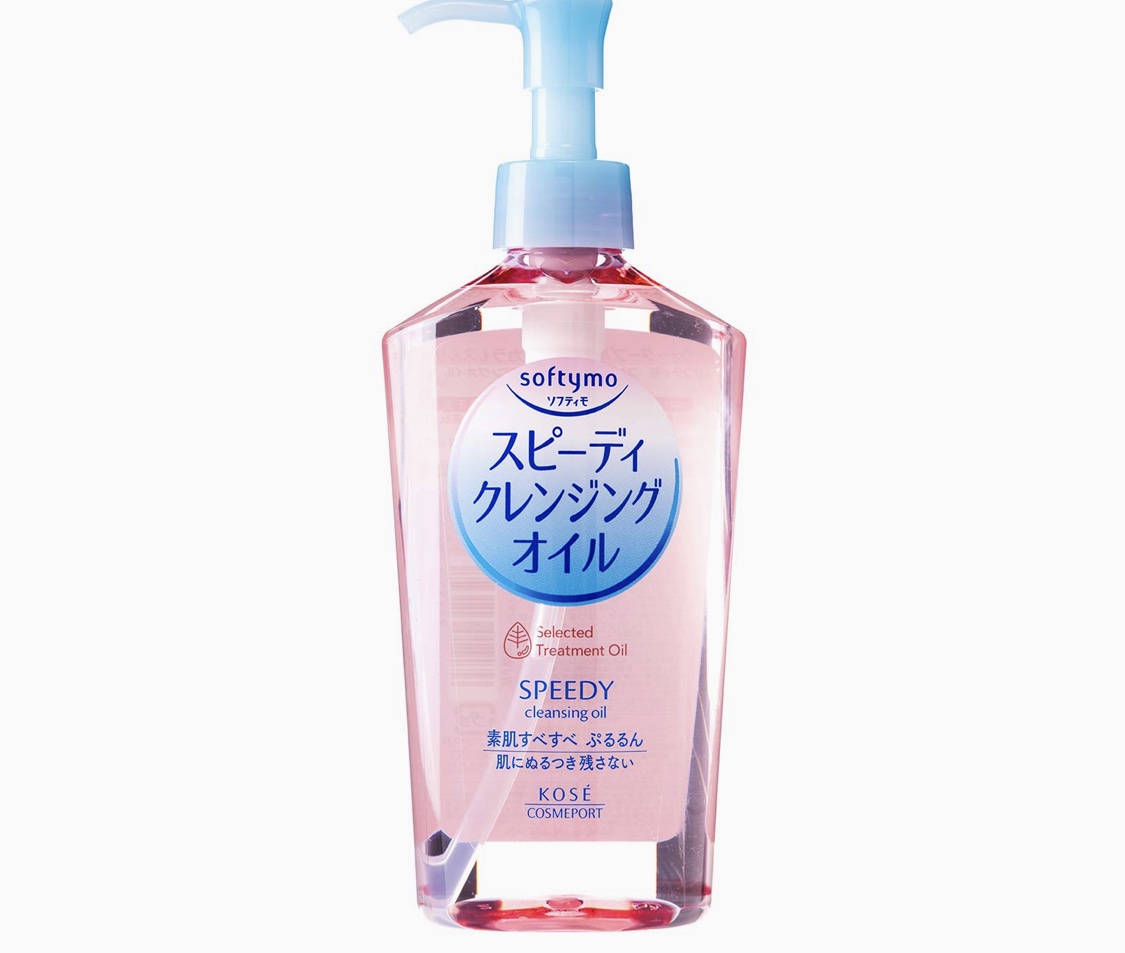
A lightweight favorite that cuts through foundation and brow products almost immediately. It emulsifies cleanly, making it ideal for oily and combination skin that needs a thorough cleanse without residue.
Hada Labo Gokujyun Cleansing Oil
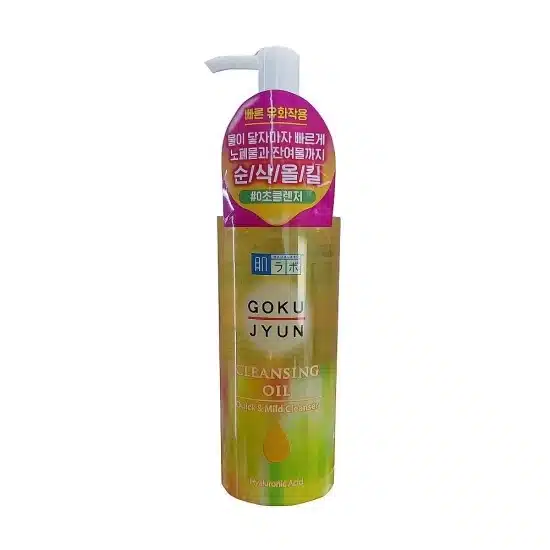
Soft, hydrating, and perfect for dry or dehydrated skin. The formula gives a smooth glide and rinses off without leaving a coated feel, making it a strong choice for evening routines.
Simple Hydrating Cleansing Oil

A minimal, fragrance-free option made for sensitive skin. It removes makeup gently and keeps the moisture barrier intact, which is important for anyone prone to irritation or dark marks from harsh cleansers.
Neutrogena Ultra-Light Cleansing Oil

Featherlight and quick to dissolve sunscreen, dust, and daily buildup. It’s a reliable everyday cleanser for those who prefer a barely-there texture that still works efficiently.
A few seconds of massaging, a splash of water, and each of these oils transforms into a clean, milky rinse, dependable formulas that make end-of-day cleansing feel smooth instead of stressful.
Skin Care
Best Sunscreens for Every Skin Type

Sunscreen rarely makes it onto the average Nigerian skincare list. We think cleanser, maybe moisturizer, but SPF hardly ever makes the cut. Many still assume darker skin doesn’t need sun protection. Unfortunately, that’s a myth. The sun spares no one, and UV rays can dull your glow, darken spots, and speed up ageing.
We live under a sun that can roast corn by noon, so skipping sunscreen is not a show of strength; it is self-sabotage. Thankfully, formulas have improved. There’s now an SPF for every skin type, and most blend beautifully on deeper tones without leaving that ghostly finish. Here’s how to find one that truly works for you.
For Oily Skin: Keep It Light and Matte
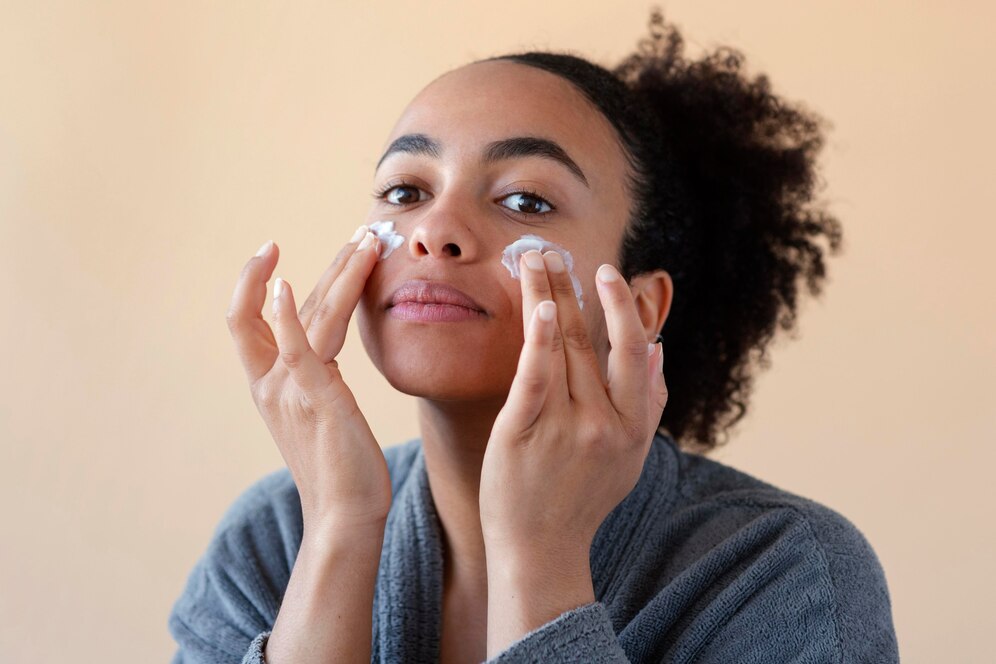
Oily skin and Lagos humidity are a risky combination. The trick is to pick a sunscreen that keeps you protected without adding extra shine. Lightweight, gel-based formulas are best. They dry fast, feel weightless, and help control oil throughout the day.
Look for products labelled oil free, mattifying, or niacinamide infused. They’ll give your skin a clean, smooth finish without clogging pores.
Tip: Keep blotting paper in your bag. The heat will always test you, so stay ready.
For Dry Skin: Think Moisture First
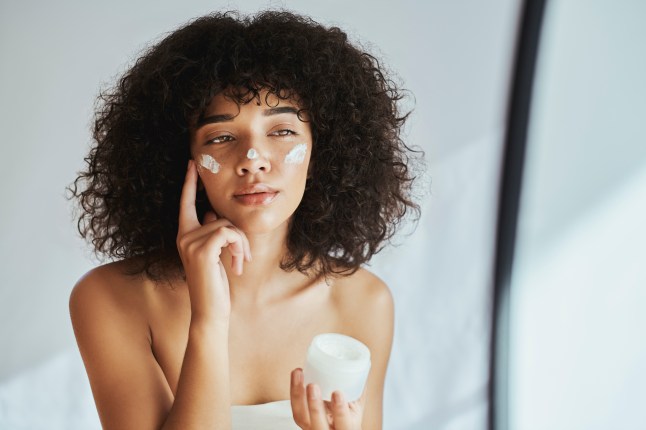
If your skin feels tight or flaky, creamy sunscreens are your best bet. Choose formulas with hydrating ingredients such as shea butter, glycerin, or hyaluronic acid. They protect your skin while locking in moisture, leaving it soft and comfortable instead of parched.
For best results, apply your moisturizer first, wait a few minutes, and then follow with sunscreen. It goes on evenly and lasts longer.
For Combination Skin: Aim for Balance

Combination skin means oily in some areas and dry in others, so balance is everything. A gel cream sunscreen works well; it is light enough for the T-zone, yet hydrating enough for the cheeks.
Go for non-comedogenic products that won’t clog pores or cause breakouts. The right texture should leave your skin feeling fresh, not sticky.
For Sensitive Skin: Gentle Does It

If your skin reacts easily, stick with mineral sunscreens containing zinc oxide or titanium dioxide. They sit on top of the skin instead of sinking in, which reduces the risk of irritation.
Fragrance-free formulas are safest. And if you notice ingredients like aloe vera or green tea on the label, even better; they help soothe and calm the skin after sun exposure.
For Dark Skin: No White Cast Allowed
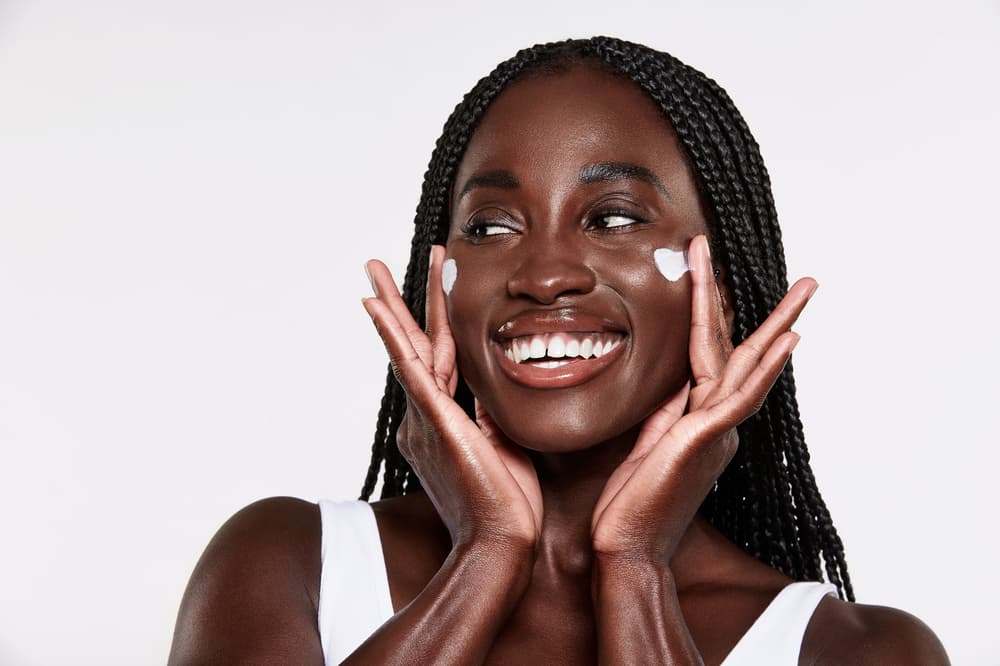
Many people with darker skin tones have given up on sunscreen because of that chalky residue. But newer formulas now melt seamlessly into melanin-rich skin without dulling your complexion.
Look out for labels that say invisible finish, clear, or tinted. Gel or serum based sunscreens tend to blend best, leaving your skin with a healthy, natural sheen rather than an ashy film.
For Outdoor Lifestyles: Sweat Proof or Nothing

If you spend a lot of time outdoors, whether it is morning workouts, daily commutes, or weekend parties, choose a sunscreen that stays put. Water resistant or sport formulas are built to handle sweat and heat.
Remember to reapply every two hours if you’re under the sun for long periods. It may seem like extra effort, but your skin will thank you later.
Final Word: SPF is Essential
Sunscreen is not an optional step; it is the backbone of good skincare. You can invest in the best serums and scrubs, but without SPF, you’re undoing all that effort.
So, before you head out, whether for errands, work, or brunch, make sunscreen the last step in your routine. It’s not about vanity; it’s about care. Years from now, your skin will show the difference.
-

 Food5 months ago
Food5 months agoSneaky Signs your Body Needs More Protein
-

 Beauty4 months ago
Beauty4 months agoIs There Anything Like Too Many Accessories?
-

 Movies5 months ago
Movies5 months agoHijack ’93: The Forgotten Nigerian Hijack Now a Netflix Hit
-

 Sex & Relashionships5 months ago
Sex & Relashionships5 months agoSubtle Signs Your Partner Keeps Thinking About You
-

 Celebrity News4 months ago
Celebrity News4 months agoToke Makinwa Shares Graceful Pregnancy Reveal
-

 Movies4 months ago
Movies4 months agoTrailer Review: Highest to Lowest
-
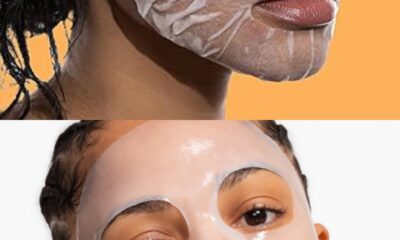
 Skin Care5 months ago
Skin Care5 months agoUnmasking The Truth: Do Face Masks Really Work?
-

 Sex & Relashionships3 months ago
Sex & Relashionships3 months agoSigns You Have Abandonment Issue and How to Heal
-

 Top Xclusiv5 months ago
Top Xclusiv5 months agoRita Dominic at 50: Style, Grace, and a New Chapter
-

 Music4 months ago
Music4 months agoKokopee Drops EP ‘All I Need It’s Kokopee







